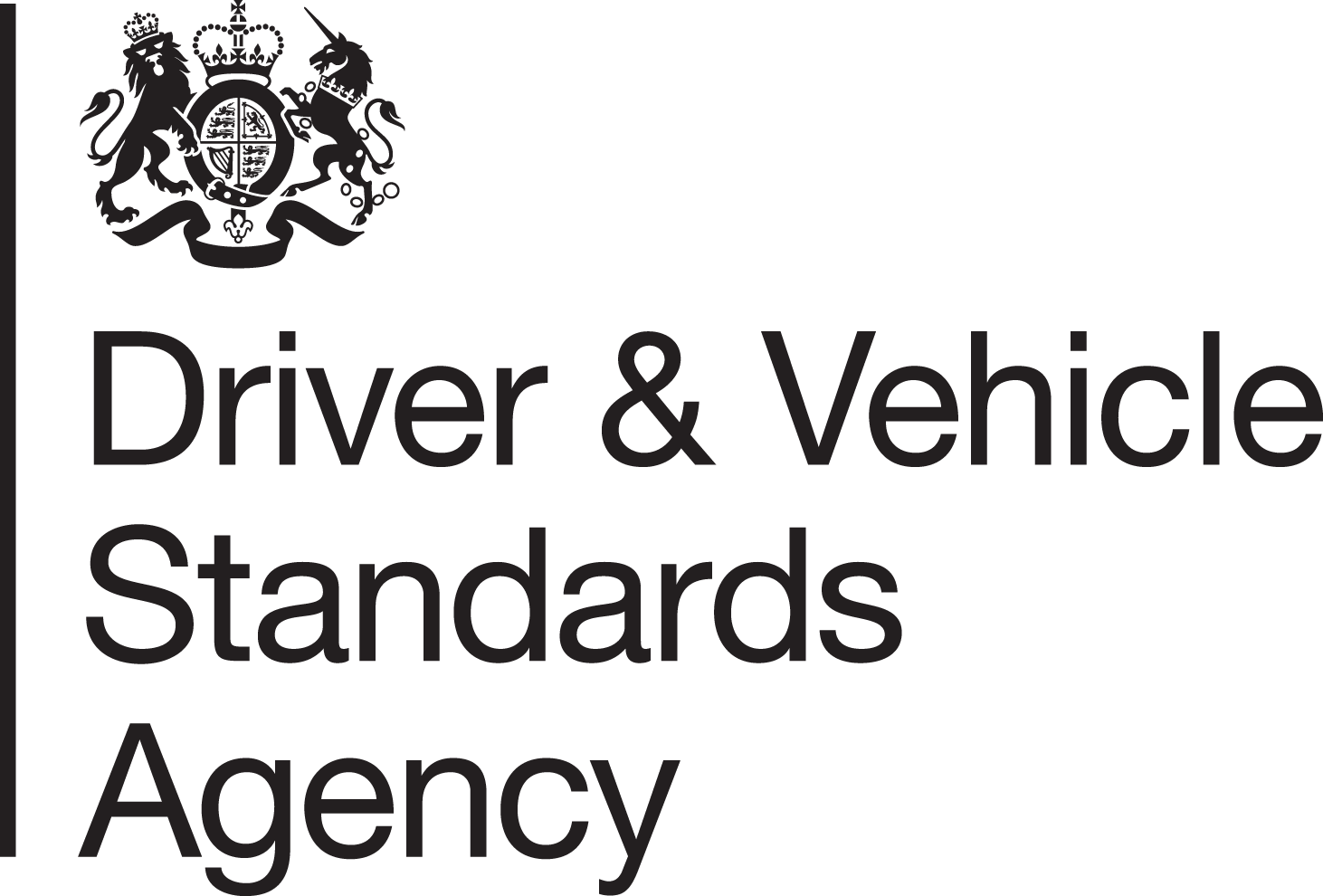Description
1. Explain and demonstrate how to manage an unresponsive casualty who is breathing normally and how to place them in the (lateral) safe airway position.
2. Explain and demonstrate how to manage an unresponsive casualty who is not breathing normally.
3. Explain and demonstrate how to safely use an automated external defibrillator.
1. Make drivers aware of the law and their responsibilities.
2. That drivers understand the effects and potential consequences of of drug and alcohol misuse including prescription and over the counter medication.
3. That drivers understand the effects and consequences of fatigue and sleeping disorders and how to recognise them and how they are treated.
4. How complying with drivers' hours and Working Time Directives will help combat fatigue.
5. Understanding illness and physiological impairment and how to minimise the impact.
6. Make drivers aware of the law's requirement in relation to eyesight and medical standards for professional drivers.
The learner will:
1. Be able to manage an unresponsive casualty who is breathing Normally.
2. Be able to manage an unresponsive casualty who is not breathing normally.
3. Know how to safely use an automated external defibrillator.
4. Be able to safely use an automated external defibrillator.
1. Ensure that drivers are aware of the law and their responsibilities.
2. That drivers understand the risks and effects of driving whilst impaired by drugs and alcohol.
3. That drivers understand the importance of sleep and the effects of fatigue on their work.
4. That drivers understand the importance of taking timely breaks when driving and working.
5. That drivers understand the hazards of driving for a living and their impact on other road users.
6. That drivers understand the importance of regular eyesight and medical checks and which conditions need to be reported to the DVLA.
Subject Areas
- Legislation (Hours/WTD/Regs)
- Personal Health & Wellbeing
- First Aid
- Professional Driver & Company Issues
